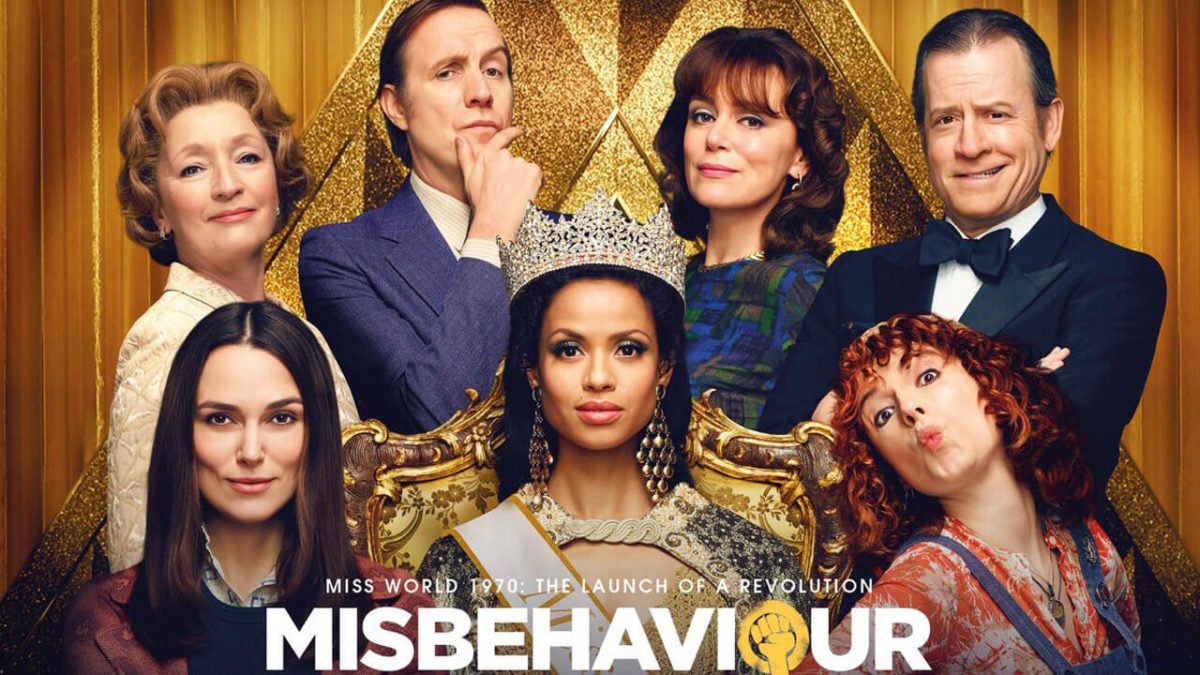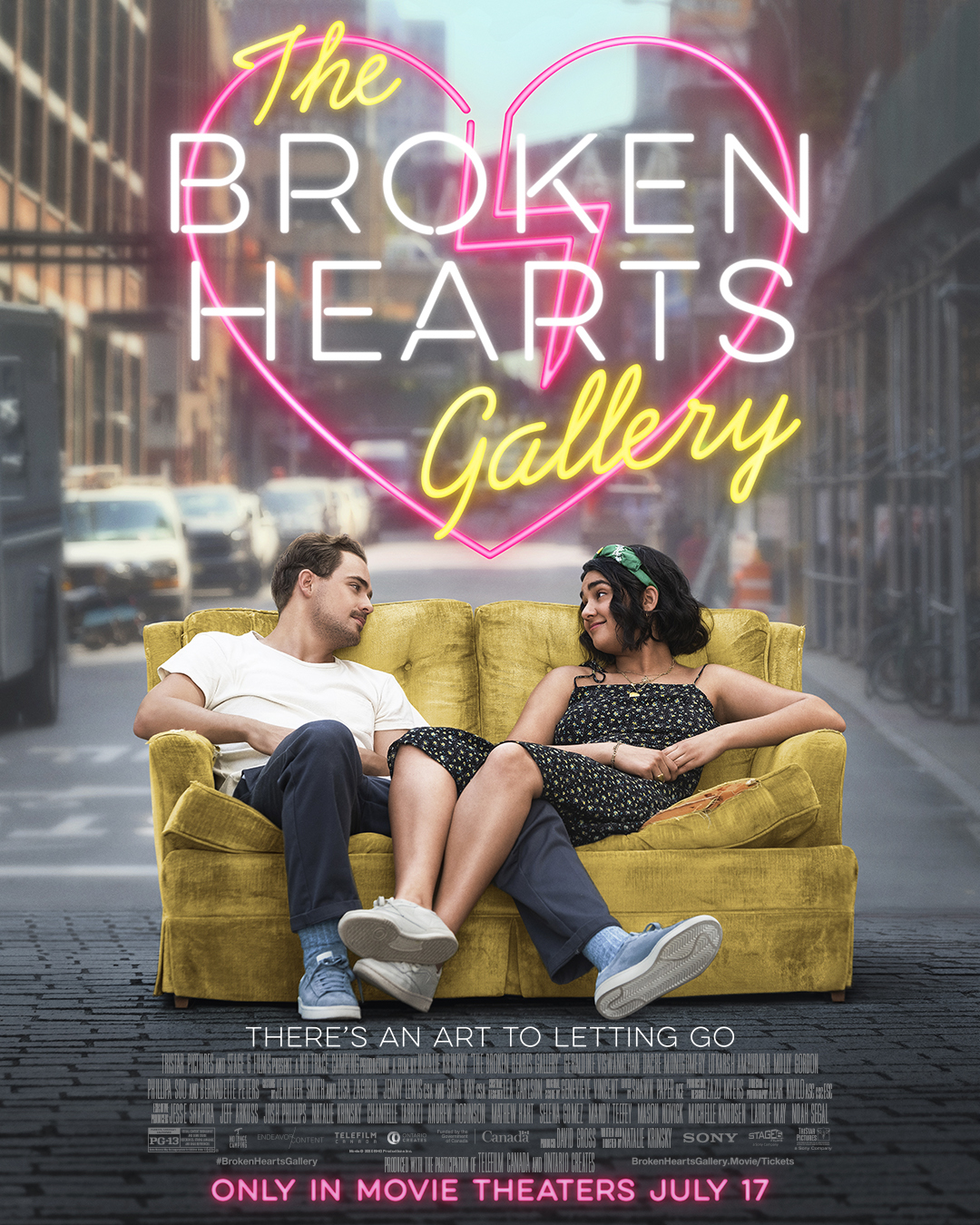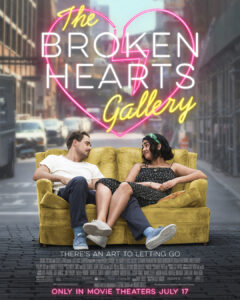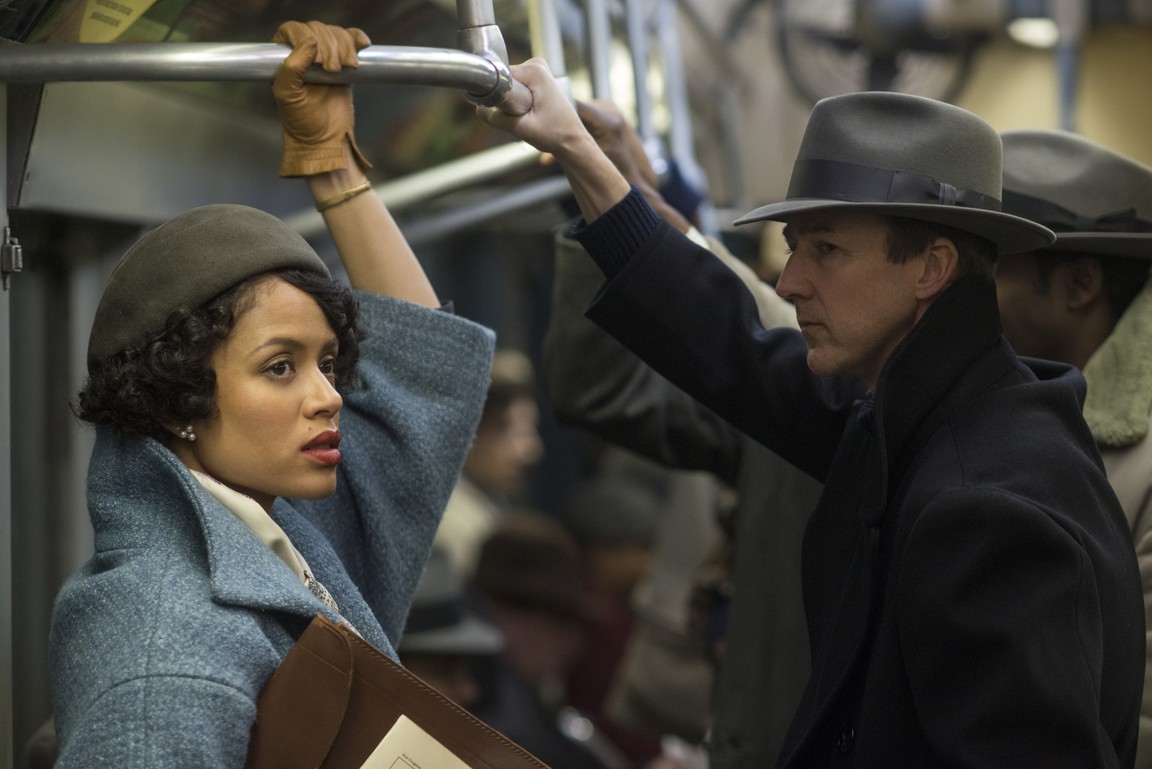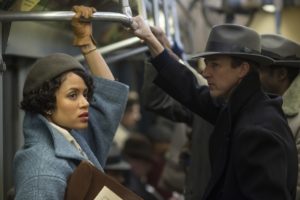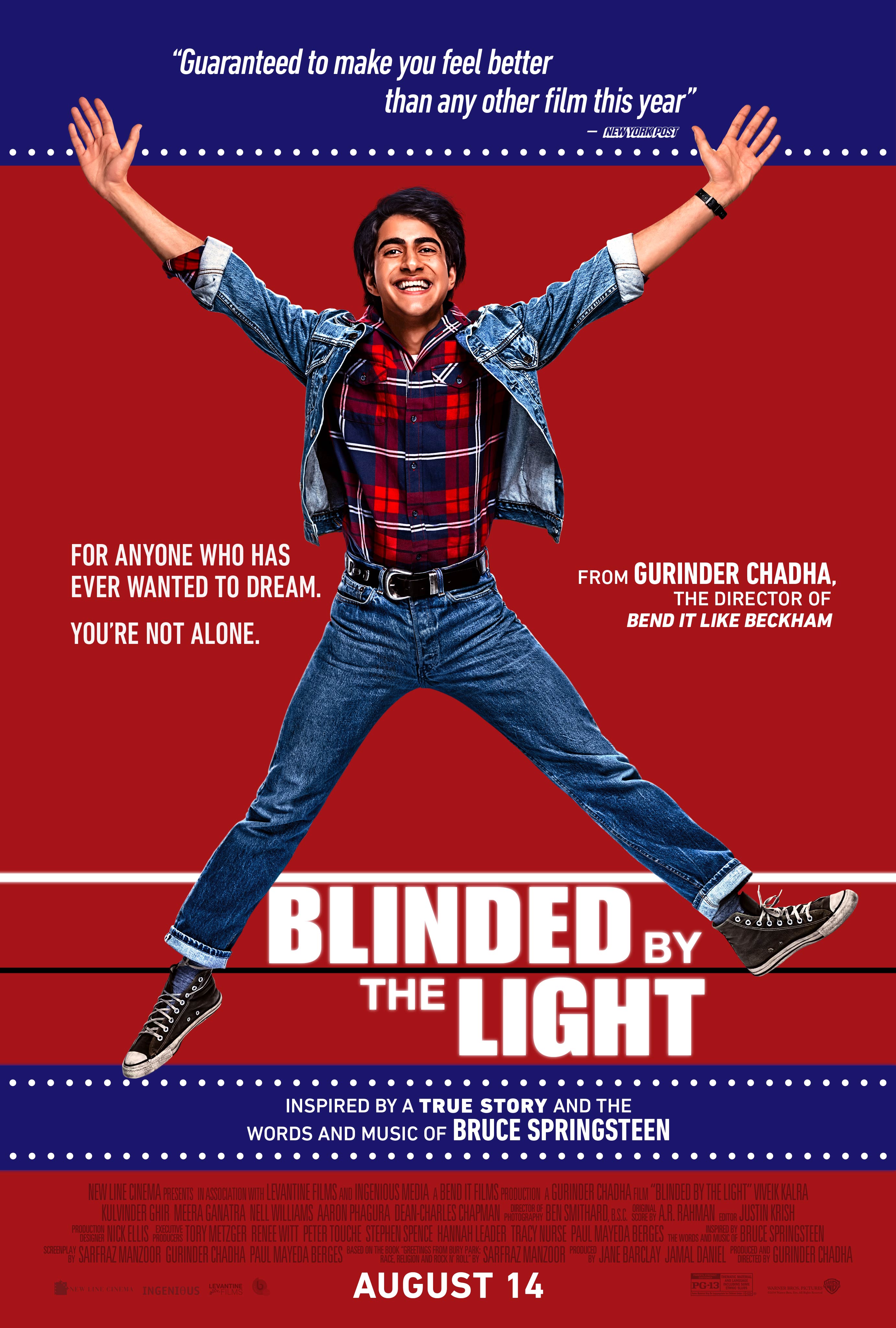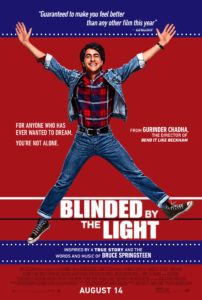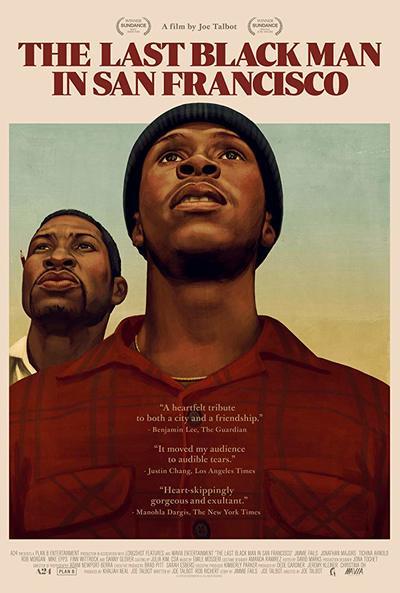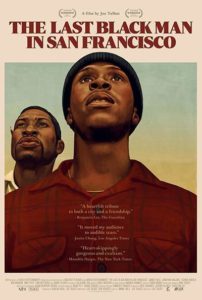Misbehaviour
Posted on September 24, 2020 at 5:52 pm
B +| Lowest Recommended Age: | Middle School |
| MPAA Rating: | Not Rated |
| Profanity: | Some mild language |
| Alcohol/ Drugs: | None |
| Violence/ Scariness: | Scuffles |
| Diversity Issues: | A theme of the movie |
| Date Released to Theaters: | September 25, 2020 |
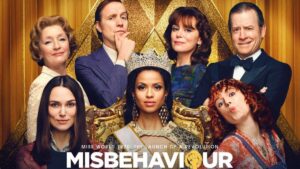
Miss World is the oldest televised international beauty pageant, founded by TV host Eric Morley (Rhys Ifans) and first broadcast in 1959. So it began just as the tumult of the 1960’s was about to happen, and an all-white beauty pageant with a master of ceremonies making jokes like “I care about women’s feelings; I like feeling women” was very shortly going to be something of a target for protests from the increasingly vocal protesters about racial and gender equality. That collision is already the subject of a documentary, “Miss World 1970: Beauty Queens and Bedlam,” and it is now a feature film, with Keira Knightley as a single mother working on a history degree, Jessie Buckley as an activist, and Gugu Mbatha-Raw as a contestant. Also: Greg Kinnear as Bob Hope, the man who made the joke about feeling women.
Production designer Cristina Casali evocatively creates the earth-toned era of the early 1970’s and writers Rebecca Frayn and Gaby Chiappe bring a nuanced and empathetic approach to the story and the real-life characters, heartwarmingly glimpsed with updates over the final credits. Knightley plays Sally Alexander, who explains to a clearly disapproving admissions committee in the film’s opening scenes that she is divorced and has a child but promises that if she is admitted she will be able to keep up with her classes. She believes in women’s rights but her view is to achieve equality by getting “a seat at the table.” Jo Robinson (Buckley) is a radical who spray-paints protest slogans and lives in a commune. She wants more than a seat at the table; she wants to knock it over and stomp it to smithereens.
Change is already underway at the pageant. The threat of protests over yet another white contestant from South Africa, still operating under apartheid, leads Morley to insist on two candidates. So Miss South Africa is the white contestant, and there is a black contestant with the title Miss Africa South. There is another Black contestant as well, Miss Ghana (Mbatha-Raw).
And there is Bob Hope, who accepts the emcee job as he flirts with his new teen-aged secretary, breaking a promise to his wife, Dolores (another exquisitely delicate performance by Lesley Manville). He does more than joke about feeling women, and the last time he hosted the show, he brought the winner back to LA with him.
Sally becomes less moderate as her advisor tells her that her proposal to study women is too “niche” and she sees her young daughter prance around in imitation of the beauty queens. And so she and Jo come up with a plan to disrupt the pageant.
Director Philippa Lowthorpe skillfully balances all of the different stories and themes. In one (apparently fictional) meeting between Sally and the winner of the competition, we see that the images that bothered Sally when her daughter was imitating them could be seen by some young girls in marginalized communities as opening up opportunities for them to think of themselves as beautiful and powerful. On the other hand, this was a competition where the measurements of each contestant were announced as she walked across the stage and they were all lined up in bathing suits and turned around so the audience at home and in the theater could closely examine their rear views. And their rears.
Americans are likely to wonder what might happen in the US if protesters used water pistols. But in England, where even police don’t carry guns, the response is as low-key as the protest. That leaves breathing space for us to consider all of the experiences that went into the protest and what it represented to the women involved, including, in a lovely moment, Dolores Hope.
Oh, and, ten years later, Miss World rebranded itself as “Beauty with a Purpose.”
Parents should know that the subjects of this movie include racism and sexism. There is some mild language and sexist humor, and there are some scuffles during the protest.
Family discussion: Do you watch beauty pageants? How have they changed over the years?
If you like this, try: “Pride,” the true story of gay activists who supported the miner’s strike in Thatcher-era Britain and “Made in Dagenham,” the true story of women striking for equal pay in 1968

